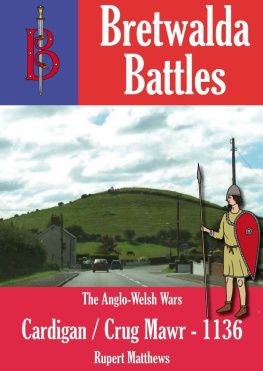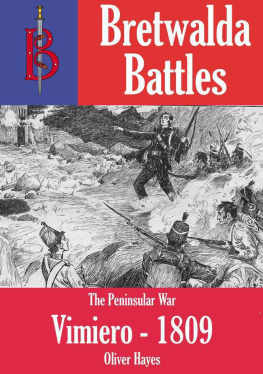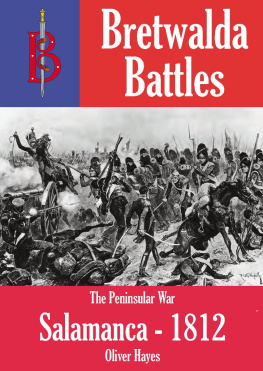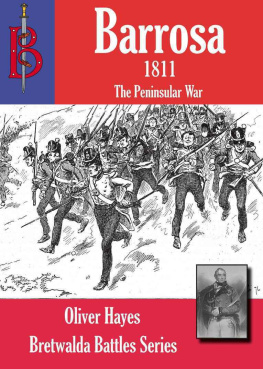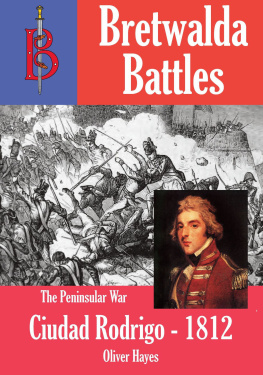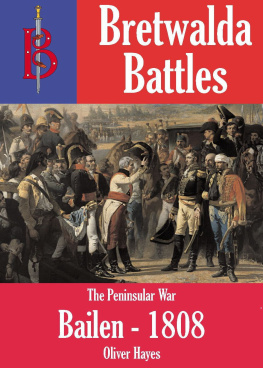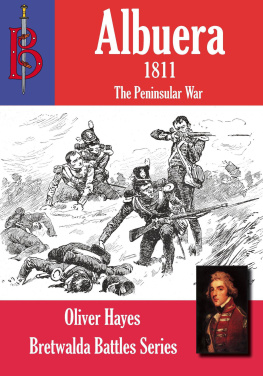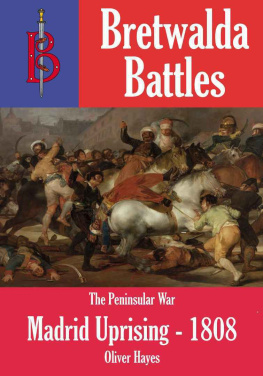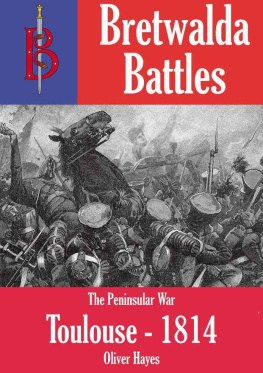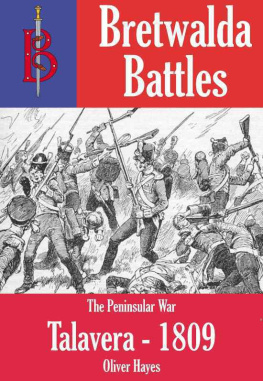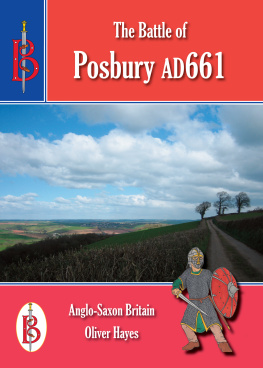Bretwalda Battles
The Anglo-Welsh Wars
Cardigan / Crug Mawr 1136
by Rupert Matthews
*****************
Published by Bretwalda Books
Website : Facebook : Twitter
This ebook is licensed for your personal enjoyment only. This ebook may not be re-sold or given away to other people. If you would like to share this book with another person, please purchase an additional copy for each person. If you're reading this book and did not purchase it, or it was not purchased for your use only, then please purchase your own copy. Thank you for respecting the hard work of this author.
First Published 2012
Copyright Bretwalda Books 2012
Rupert Matthews asserts his moral rights to be regarded as the author of this work.
ISBN 978-1-909099-27-2
*****************
Contents
- The Outbreak of War
- The Armies
- The Battle
************
The Outbreak of War
The sweeping victory of the Welsh at Cardigan (Crug Mawr) was historic. It not only put the victor, Owain Gwynedd in a position to rule Wales free of English domination, it also marked the arrival on the battlefields of Europe of a new, deadly and uniquely Welsh weapon. The longbow had arrived.
The events that led to the great battle outside Cardigan began 26 years earlier with a lawyers quibble. King Henry I of England was nicknamed Beauclerc as he was able to read and knew enough about law and accounts to keep a close eye on government business. In this he was unusual at a time when most kings and princes preferred the exciting business of hunting and warfare to the monkish skills of pen and vellum.
It was King Henry I of England who set in motion the train of events that would lead to the great battle fought in 1136, though by then he was dead. This contemporary illustration shows Henry holding in his left hand a book, symbol of his ability to read and write proficiently.
Unfortunately for the people of Ceredigion, Henry was a cunning but none too honest man when it came to exploiting the law. Henry knew that in previous centuries many Welsh princes had acknowledged the King of England as their overlord. At the time these agreements were made they had been rather vague and often amounted to no more than the recognition of the obvious fact that the King of England ruled more land and had more money than the Welsh princes concerned. But with his legal mind Henry I chose to interpret such agreements in the context of feudal law of the early 12th century.
Henry managed to convince himself that the vague agreements of earlier years meant that the Welsh princes were his vassals, which in turn made him the legal ruler of Wales. It was no great step to conclude that any Welsh princes who did not do as they were told were rebels and traitors to be deprived of life and lands as quickly as possible. The Welsh princes, of course, did not agree with this line of logic and held to the earlier agreements that England might be stronger, but Wales was independent.
Despite his pretensions, Henry was in no position to spare the men and money needed for a war of conquest in Wales. Instead, he sent land-hungry knights and nobles into Wales to do his work for him. One of these was Gilbert Fitz-Richard, Earl of Clare. In 1110 Henry announced that all the native chiefs of Ceredigion were deprived of their lands and bestowed the vast estate on Fitz-Richard. The catch was that Fitz-Richard would have to invade, capture and hold Ceredigion if he wanted to have it.
The official seal of Gilbert Fitz-Richard shows him mounted and riding to war. Fitz-Richard was one of the richest and most ambitious men in England when he was created Earl of Pembroke by King Henry I and told to go off to invade Wales. Unlike many similarly warlike men of his time, Fitz-Richard died peacefully in his bed.
Nothing daunted, Fitz-Richard led an army of freebooters and mercenaries into Ceredigion. He intimidated the local chiefs into surrender and built a chain of castles across his new lands to maintain a tight grip. One of the most powerful of these castles was that at Cardigan. Unsurprisingly the castle came to be regarded as the key to Ceredigion. It was viewed with both hatred and contempt by the locals who had to pay the new English taxes of Fitz-Richard and who had to obey the strange English laws.
In 1135 Henry I died, and England was plunged into civil war between his daughter Matilda and his nephew Stephen. The English garrisons and nobles in Wales streamed back to England to take part in the fighting and to claim their share of the loot. The Welsh chiefs and princes sensed the weakness, but in most cases were still too wary of the castles and their garrisons to act.
Then, in January 1136, Hywell ap Maredudd gathered his men of Brycheiniog and raided the English settlements of Gower. He captured a large amount of loot and allowed his men to work off their anger at the English invaders. Hywells fellow lords of South Wales responded to his success by repairing their arms and gathering their men for war. Messengers were sent north to the still independent Gruffydd ap Cynan, Prince of Gwynedd to ask for help. While Gruffydd hesitated, the men of South Wales acted.
The principalities of Wales in medieval times. By this date the formerly independent Ceredigion had merged with Dyfed to form Deheubarth, though the two states remained wary of each other and some men in both longed for independence.
On 15th April Richard Fitz-Gilbert was ambushed and killed in a dense wood near Coed Grwyne, on the borders of Gwent and Brycheiniog. The death of this mighty baron spurred Gruffydd to action. He mustered the army of Gwynedd and asked all true Welshmen to join him in a great campaign to drive the English from Wales. Too old to take the field himself, Gruffydd gave command of the army to his son Owain, with a second son Cadwaladr as reserve commander.
The Welsh forces rampaged across the south, sacking English towns and burning English castles. Aberystwyth fell, as did Dineirth and Caerwedros. By late summer the only significant English outpost in South Wales left standing was Cardigan Castle. Gathering his forces together for this last effort, Owain Gwynedd mustered the armies of his own Gwynedd and those of various South Wales lords and marched south towards Cardigan.
This was to be no easy campaign, however. Stephen, the Constable of Cardigan, had sent messengers far and wide urging the English knights in Wales to gather for his defence, and he had hired a force of Flemish mercenaries for good measure. It promised to be a tough fight.
************
The Armies
The rival armies that met outside Cardigan were quite different in character, but not in numbers. Both sides had managed to muster around 10,000 men for this final and greatest effort of the campaigning season.
Stephen the Constable could have sheltered behind the walls of Cardigan, but instead he chose to march out to face the enemy. He must have had confidence in his chances of victory to do so and he did have good reason to anticipate success. A few months earlier an English army had sallied out from Kidwelly Castle and driven off an attacking Welsh force with ease.






